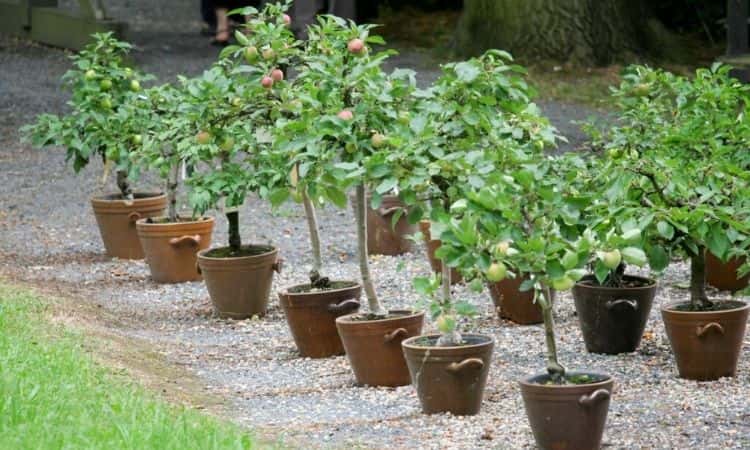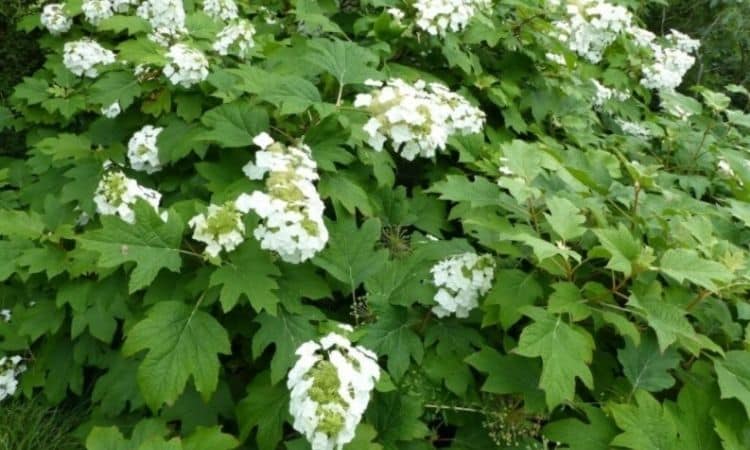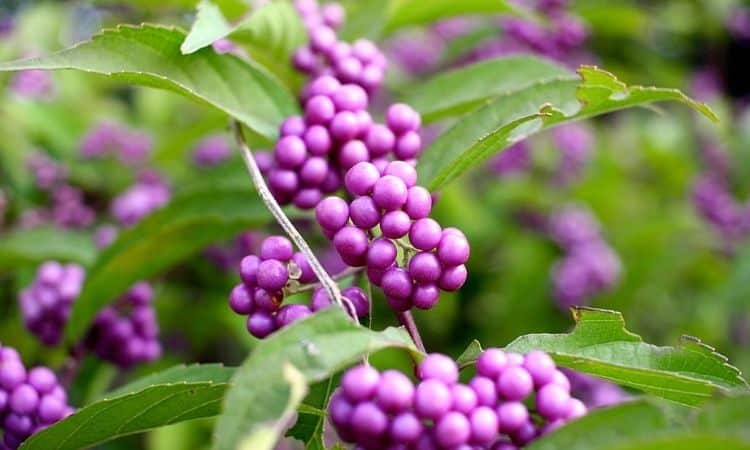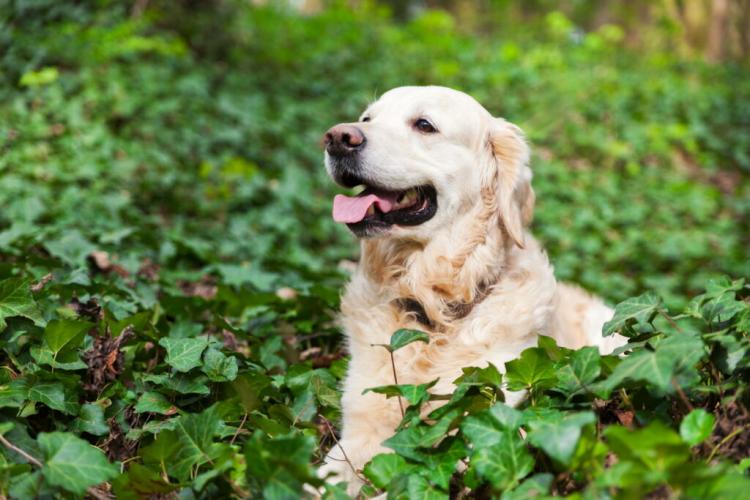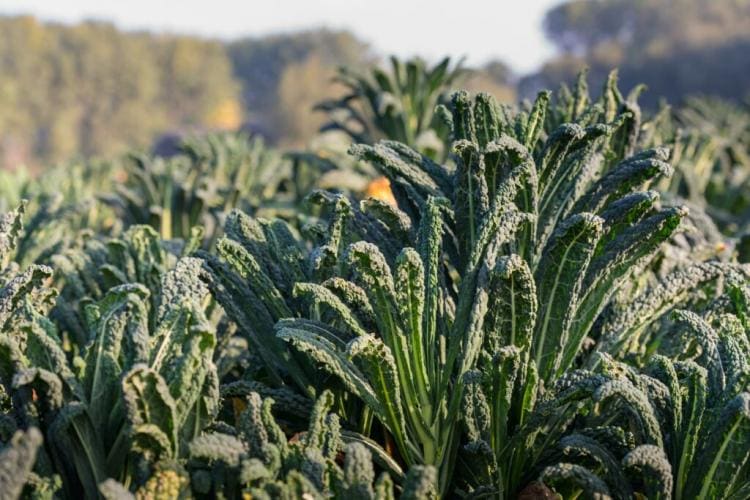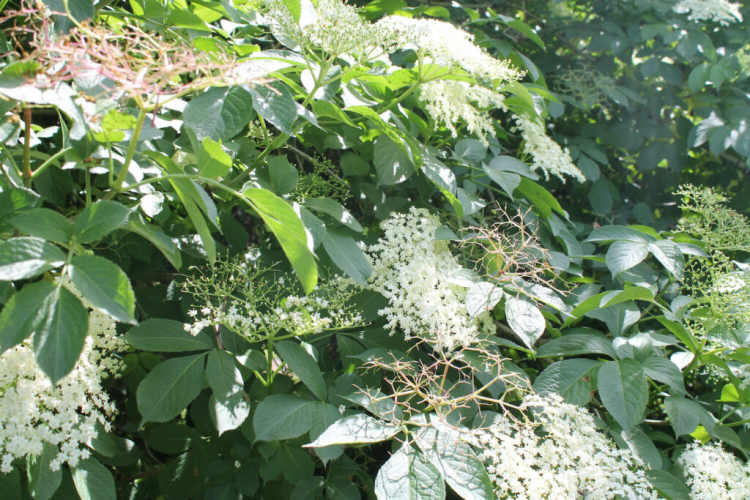Dwarf Fruit Trees: Grow Patio Trees In Your Own Garden
On the balcony and in allotments mini fruit trees have conquered their place. Find out what this dwarf fruit is all about here. Mini fruit trees, or patio trees, are now available in many nurseries and garden centers. For many garden owners, but especially city dwellers, the dwarf trees are a real opportunity to grow a wide variety of fruits in a small space. We have compiled everything you need to know about patio trees and how to grow them in this article.
Fruit trees come in all sizes – from high trunks to half trunks to columns and spindles, our common fruit species range from three to more than ten meters in height. And now there are the extremely small-growing patio trees. They reach final heights of just 39 to 78 in. making them even smaller and more space-efficient than spindle trees. Patio trees have the Spanish word “patio” in their name, which can be translated as “courtyard” or “terrace”.
The name already indicates the appropriate place for the trees, because in most cases they are kept in pots and thus allow the cultivation of fruit far from the garden.
Why do dwarf fruit trees remain so small?
Table of Contents
There are two reasons why the little trees remain so tiny. Firstly, most fruit trees are grafted onto a rootstock, which means that the roots and the lowest part of the trunk come from a different variety, sometimes even from a different species.
This rootstock brings its own special characteristics and is also largely responsible for the growth of the plant. For spindle trees, for example, weak-growing rootstocks have used that limit the tree to about three to four meters. Even some miniature fruit varieties only remain so tiny thanks to the rootstock.
Another reason for this extreme sparseness is the genetics of the trees. An accidental mutation is responsible for some varieties of patios that were later bred on by crafty gardeners. Incidentally, this is exactly how the columnar apple (Malus x Domestica) came to be.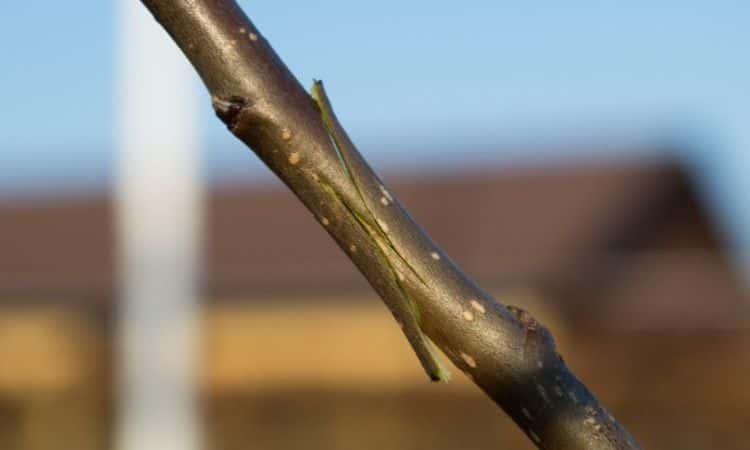
However, the mutation only affects the roots and trunk, the size of the fruit remains unaffected. This is why miniature trees are so well suited for pot culture, and why it is possible to harvest large apples from trees that are just a man’s height.
Fruit formation also starts earlier than on normal-sized trees. One disadvantage of patio trees, however, is their comparatively short life span. While orchard trees can live for more than 100 years, their smaller relatives reach an age of only about 15 years.
Recommended dwarf fruit varieties
There is now a wide variety of miniature fruit, just as there is of our normal-sized trees. From apples to pears (Pyrus communis), cherries (Prunus avium & Prunus cerasus), and peach trees (Prunus persica) to plums (Prunus domestica), there is hardly anything left to be desired.
In the following, we have therefore compiled a selection of small-growing varieties for the balcony and allotment garden for you.
Which dwarf fruit varieties are recommended?
- Dwarf apple ‘Delgrina’: yellow-red aromatic medium-sized fruit; tree up to 39 in. high
- Dwarf pear ‘Helenchen’: Yellow-green, sweet, normal-sized pear; up to 39.3 in. high
- Mini sweet cherry ‘Stella Compact’: Light red, the self-fruiting mini version of the well-known cultivar ‘Stella’; up to 78 in. tall
- Mini-sour cherry ‘Griotella’: Fruits from the end of July; rich-bearing; up to 78 in. tall
- Dwarf Mirabelle: Heights up to 40 in. m; small, sunny yellow, sweet fruits starting in August
- Dwarf nectarine (Prunus nucipersica): independent species, tree up to 39 in. m tall with pink flowers and dark red-yellow fruits; ripens from August onwards
- Dwarf plum ‘Imperial’: violet-blue fruits with deep yellow flesh; up to 39 in. m tall
- Dwarf Blood Plum (Prunus cisterna): Dark red, sweet-sour wild plum with dark foliage; about 78 in. tall; high ornamental value
- Israeli dwarf fig (Ficus carica): bears fruit from a height of about 7.8 in; best suited for potted cultivation, as final height is barely 78 in; frost-free overwintering required
- Dwarf walnut ‘Mini Multiflora No. 14’: Very weak-growing walnut of 78 – 118 in.
Growing dwarf fruit in your own garden
Dwarf fruit trees are not much different from ordinary fruit trees, but a few tricks are necessary to get a rich harvest on the balcony.
Cultivating dwarf fruit in a tub
Dwarf fruit trees can be kept quite simple. When growing in pots, it is recommended that after purchase the plant is transferred to a larger container. But, of course, this is only necessary if the existing pot is already fully grown through and the roots are protruding from the bottom.
The pot for a mini fruit tree should hold at least 7.9 lpg of soil. Choose a location for the patio tree that is as sunny as possible and provide the little tree with sufficient water. However, you should avoid waterlogging at all costs, which is why the new planter should have holes in the bottom. Every three to five years it is recommended to move the tree to a larger container.
For grafted varieties, it is important that the grafting point, where the rootstock meets the scion, remains above ground. You can usually recognize the grafting site quite well by a bulging growth on the stem.
If the grafting point is buried, there is a high risk that shoots will emerge from the rootstock that you do not want to have. Also, this wounding is then less protected from pathogens.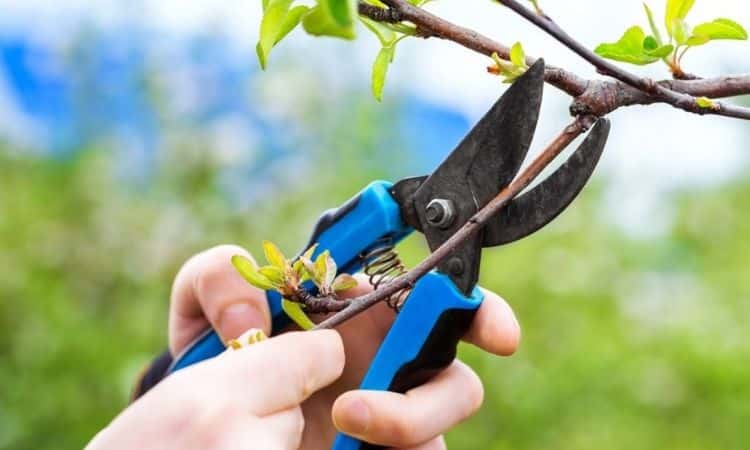
Growing dwarf fruit outdoors
Of course, you can put the dwarf fruit tree directly into the ground in the garden. However, figs and other sun-worshippers do not tolerate winter, so it is better to keep them in a pot and overwinter them. Winter-hardy fruit trees such as apples, pears, and the like, however, can be safely planted out.
Here, too, the grafting point should not move below the surface of the soil. Detailed instructions on how to plant apple trees outdoors, for example, can be found here. Before planting, loosen the soil a little and mix it with a little humus. It is also best to add a bio-fertilizer with organic long-term effect into the soil so that the little tree gets the best start in life.
